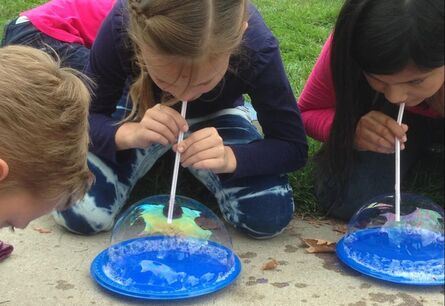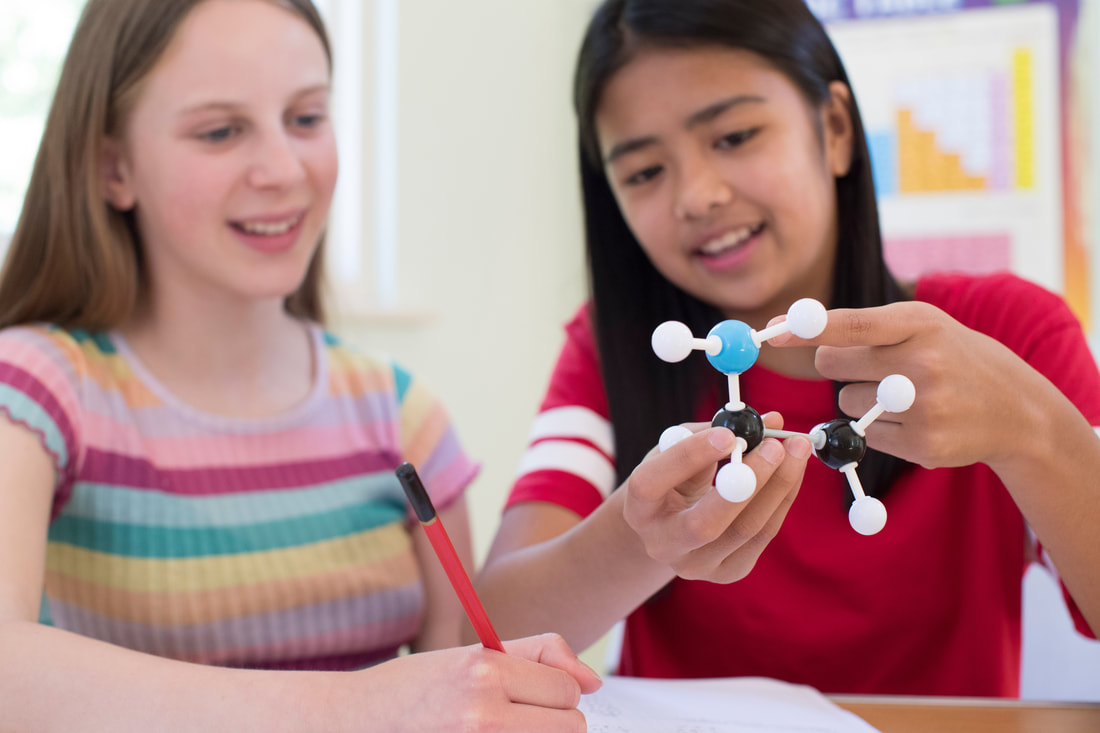Mission & VisionAt Eons Learning, we believe that there is a world of amazing and useful technologies at our disposal and that we should incorporate that technology into the way we educate. We also understand that there are certain aspects of traditional education that just work as they are. It is our goal to mesh the best of modern technology with hands-on, at-home learning. Through online and distance education, we hope that more people around the world will have better access to better education.
|
Course StructureUnlike other online education resources, we are structured around a predefined state curriculum*. Our site is built in a way that can replace, rather than supplement, a classroom experience—but how you choose to make the best use of our resources is up to you. We've broken our curriculum into 6 units, 40 lessons, and several sub-lessons within those lessons. These sub-lessons are designed to take approximately 45 minutes - 1 hour each, every day, depending on the students own learning pace.
*Our course meets and exceeds the requirements of the Utah State curriculum for 7th grade science. |



